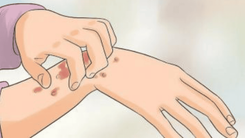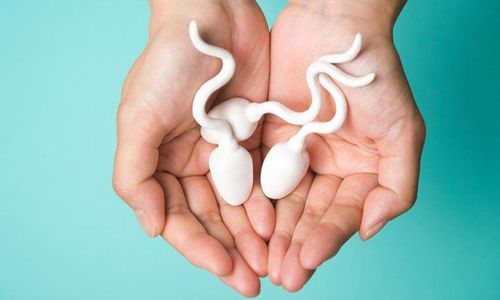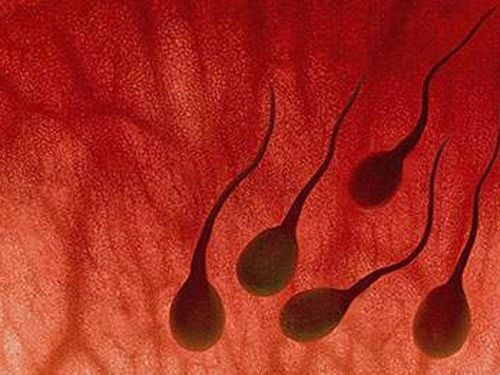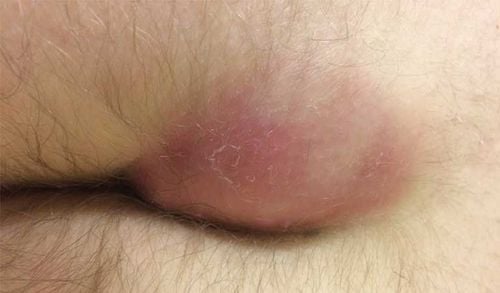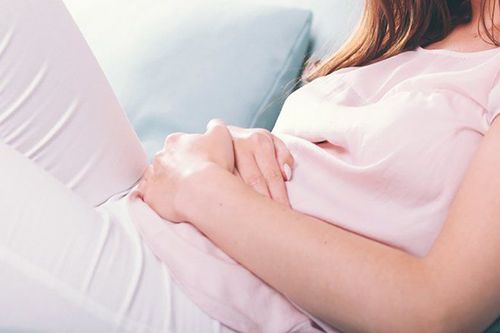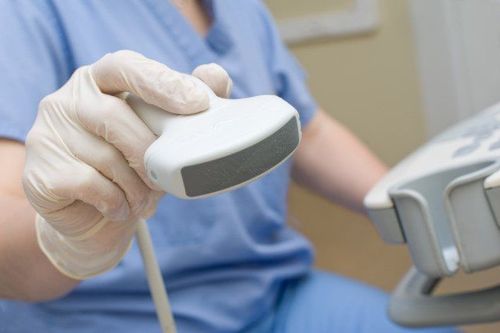MSc, MD,Mai Vien Phuong
Article by Master, Doctor Mai Vien Phuong - Gastrointestinal endoscopist - Department of Medical Examination & Internal Medicine - Vinmec Central Park International General Hospital.
There are many possible causes of left hip pain. In some cases, the pain may be caused by a medical condition or injury affecting a completely different part of the body.
1. Causes of left hip pain
Causes of left hip pain include:
- Less serious causes: Arthritis, bursitis, celiac disease, Crohn's disease, diverticulitis, muscle strain, osteomyelitis, pinched nerve, polymyositis, rheumatoid arthritis, sacrococcygeal dysfunction.
- Serious causes: Bone cancer, hernia, iliac fracture, kidney stones, left appendicitis, leukemia, pancreatic cancer.
- Causes of left hip pain in women: Ectopic pregnancy, endometriosis, dysmenorrhea, ovarian cysts, pelvic inflammatory disease (PID).
- Causes of left hip pain in men: Prostate cancer.
2. Symptoms accompanying left hip pain
2.1 Less severe symptoms
Some less serious causes of left hip pain resolve without treatment. However, many conditions require medical attention, such as:
- Arthritis: Arthritis causes swelling, stiffness, and severe pain in one or more joints. Several types of arthritis can cause left hip pain.
Accompanying symptoms may include redness, reduced range of motion, stiffness, and swelling.
- Bursitis: Bursitis causes inflammation of the bursae (small, fluid-filled sacs cushioning bones), including those in the hips. Symptoms include pain, redness, and joint stiffness.
- Celiac disease: Celiac disease is an allergic reaction to gluten affecting the small intestine, causing abdominal discomfort.
Other common symptoms include abdominal pain, anemia, bloating, constipation, diarrhea, fatigue, itchy skin and rash, nausea, nervous system problems, weight loss, and vomiting.
- Crohn's disease: Crohn's disease causes inflammation of the digestive tract and abdominal pain.
Other symptoms include abdominal cramps, bloody stools, delayed growth and sexual development (in children), diarrhea, eye inflammation, arthritis, fatigue, fever, mouth sores, decreased appetite, and weight loss.
- Diverticulitis: Diverticulitis causes inflammation or infection of small sacs in the digestive system, usually causing left-sided abdominal pain. Other symptoms include constipation, diarrhea, fever, nausea, abdominal tenderness, and vomiting.
- Muscle strain: A muscle strain, if on the left side of the body, can cause left hip pain. Other symptoms of muscle strain include bruising, limited movement, muscle spasms, muscle weakness, pain when breathing, redness, and swelling.
- Pinched nerve: A pinched nerve in the lower back occurs when a nerve is compressed by surrounding body tissue, often causing pain near the hip and in the leg.
Other pinched nerve symptoms include a tingling sensation.
Sacroiliac weakness, tingling, or pins and needles.
- Sacroiliac joint dysfunction and osteomyelitis: The sacroiliac joints are found in the lower spine and pelvis, near the hip. Sacroiliac dysfunction occurs when there is an error of movement in at least one of the sacroiliac joints.
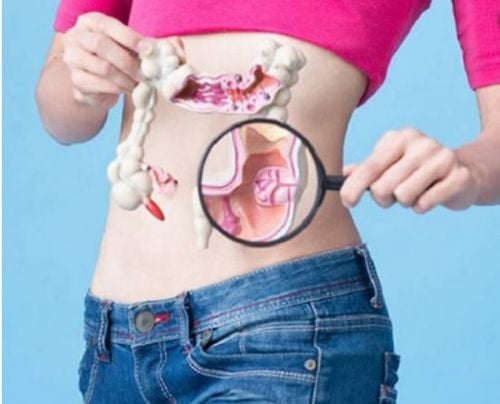
2.2. Severe Symptoms: Osteomyelitis
Osteomyelitis can occur when bacteria enter the bone. In addition to pain in the affected bone, other symptoms may include fatigue, fever, redness, swelling, and heat at the site of infection.
- Bone cancer: Bone cancer that has spread to other organs will cause pain in that location.
- Hernia: An inguinal hernia is a condition in which the intestine protrudes through a weakness in the abdominal muscles. This can cause a lot of pain.
- Pelvic fracture: A pelvic fracture is a break in the large upper part of the pelvis. Fractures can be mild, moderate, or severe. Symptoms may include fatigue, fever, redness, and swelling at the fracture site.
- Kidney stones: Kidney stones are hard mineral deposits that form in the kidneys, located in the back of your body, above your hips. Kidney stones can cause symptoms such as increased urination, nausea, pain in the lower abdomen and groin, smelly or cloudy urine, and vomiting.
- Appendicitis: Appendicitis causes the appendix to become painfully inflamed, which can be fatal if left untreated. The appendix is located on the right side of the abdomen, but in very rare cases, it can cause left hip pain. Other symptoms include bloating, constipation, diarrhea, fever that worsens over time, loss of appetite, nausea, and vomiting.
- Leukemia: Leukemia is a cancer of the body's blood-forming tissues, which can cause pain in the bones. Other symptoms may include easy bruising or bleeding, chills, an enlarged liver or spleen, fever, frequent infections, nosebleeds, red spots on the skin called petechiae, sweating (especially at night), and swollen lymph nodes.
- Pancreatic cancer: Pancreatic cancer is cancer of the organ behind the bottom of the stomach (pancreas). If left untreated, pancreatic tumors can cause hip pain. Other symptoms include newly developed diabetes, fatigue, loss of appetite, unintentional weight loss, and yellowing of the skin and eyes.
3. How to diagnose and treat left hip pain.
To diagnose the cause of pain in your left hip, your doctor will start by asking about your symptoms and medical history. They will also perform a physical exam, closely examining your left hip area.
They may run tests to better determine the cause of your pain. These include:
Blood, joint fluid, and urine tests: Testing the body's fluids can detect abnormalities indicating disease in the blood, bones, and urinary tract.
Endoscopy: An endoscopic procedure involves inserting a long, flexible camera tube down the throat or up from the anus to examine the stomach or intestines. This can allow detection of signs of infection or digestive disorders. Imaging tests: CT scans, ultrasounds, MRIs, and X-rays can detect cancers, cysts, deformities, and fractures. In some cases, left hip pain is a major cause for concern. However, in most cases, the condition is easily treated with rest or an over-the-counter NSAID.
Most causes of left hip pain are not immediate emergencies and are easily treatable. However, watch for accompanying symptoms to determine when to see a doctor.
To arrange an appointment, please call HOTLINE or make your reservation directly HERE. You may also download the MyVinmec app to schedule appointments faster and manage your reservations more conveniently.
References:Low back pain Fact sheet. (2018). ninds.nih.gov/Disorders/Patient-Caregiver-Education/Fact-Sheets/Low-Back-Pain-Fact-Sheet Mayo Clinic Staff. (2018). Arthritis. mayoclinic.org/diseases-conditions/arthritis/diagnosis-treatment/drc-20350777 Mayo Clinic Staff. (2018). Herniated disk. mayoclinic.org/diseases-conditions/herniated-disk/diagnosis-treatment/drc-20354101



